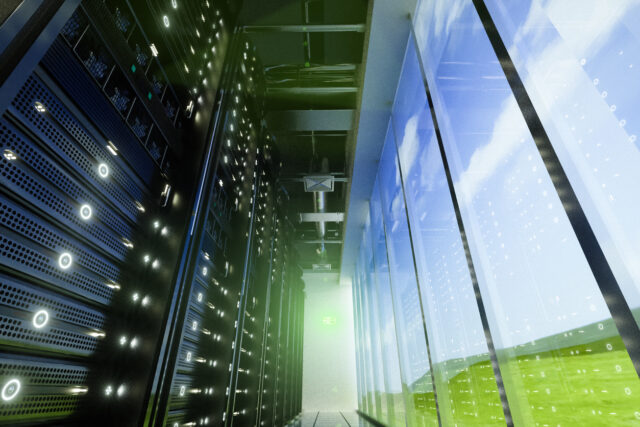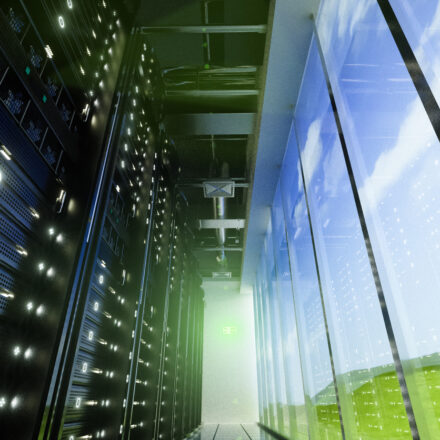Data centers are having a buzzworthy moment these days as the massive growth in cloud computing and AI has caused demands for data center capacity to increase. At the same time, organizations need to become more energy efficient at a time when weather patterns are changing and utility pricing is unpredictable, adversely affecting operational costs and the ability to sustainably scale to meet business needs. To balance these demands, organizations are being pushed by their shareholders, their customers and—in some cases—government regulators to drive sustainability in their data center operations.
At Dell, we take sustainability seriously, and you can see it in how we make our products, recycle packaging and innovate in our solutions. We’re taking that a step further with our ProConsult Advisory for Sustainable Data Centers, offering a service to help customers develop a roadmap and strategy for how to be more sustainable in their data centers. We want to support customers in their sustainability journeys and work side by side to help them achieve their goals with sustainability best practices gleaned from decades of data center optimization experience.
Let’s look at some of the dimensions our Services experts consider to help guide our customers in their sustainability journey.
Strategy and Governance
I’ve said in the past that having a cloud strategy is a bit like having a treasure map, with markers for success like the “X” that shows where the treasure is buried. The same is true when we’re talking about a strategy for data center sustainability. A strategy can show you the long-term plan and give you the map that shows how to get there. For many organizations, sustainability is not a “first language,” so they often don’t know where to begin or what steps to take. This is where our professional services team can help.
A strategy is great, but without governance how will you ensure your organization is in alignment toward the same goals? Governance frameworks can bring together IT and business to align on goals, create a unified vision of what success looks like and then help make sure the organization meets those goals by tracking to a common set of metrics. And for any organization that needs to comply with regulatory requirements, governance and reporting will be key to ensure tracking and compliance.
Data and Reporting
The adage is true—you cannot change what you do not measure. If you’re trying to lose weight, measuring the calories you eat helps you understand whether you’re eating too much or whether you can sneak an occasional cookie (go for it, I won’t tell). The same is true for organizations looking to reduce energy consumption and carbon emissions from their data centers.
Implementing real time tools to measure power consumption across business cycles can allow you to see the peaks and valleys of consumption and get a true sense of your usage. With this information, you can establish KPIs that are based on real, measurable data. And in some countries, reporting this type of data to government agencies is or will soon be a requirement.
IT Infrastructure
Many organizations today use older equipment that may be less efficient than more modern servers and storage systems. By taking inventory of what IT assets are in place today and their consumption, we help customers make decisions about replacing aging hardware to improve overall efficiency.
Utilizing newer equipment often leads to fewer cooling requirements, further reducing power needs. For example, replacing older storage arrays using spinning disks with solid state disks can have a measurable reduction in power consumption. Similarly, newer servers with more efficient CPUs can often handle more tasks for the same or less overall power usage.
Sustainability and Asset Disposition
All IT equipment has a lifecycle and at some point, will need to be disposed. Simply disposing of IT equipment in a landfill means none of it can be recycled, and it ends up adding to an already burdensome electronic waste problem. Whenever possible, IT equipment like servers and storage should be recycled so these materials can be re-used and not simply wasted. Organizations should have a clear asset disposition policy to ensure IT equipment is recycled.
Dell has Asset Recovery Services that help our customers transition to newer technologies while addressing sustainability goals, recycling older equipment after ensuring secure erasure of data and according to regulatory guidelines.
Adoption
Lastly, we help customers with driving adoption of sustainability programs within their organization. For example, we advise on awareness campaigns for how IT departments can operate in a more sustainable fashion now and in the future. After all, there is no sense in going through the effort to measuring consumption and developing governance and reporting frameworks without behavior change. Otherwise, organizations will simply end up back where they started.
These are just a few examples of how we help customers on their sustainability journey. Our Professional Services teams are available to help your organization create that sustainability roadmap and embark on that journey. Reach out to your sales rep today to find out how we can help.


